Newsletter: Can hydropower help solve the climate crisis? This $63-billion plan is banking on it
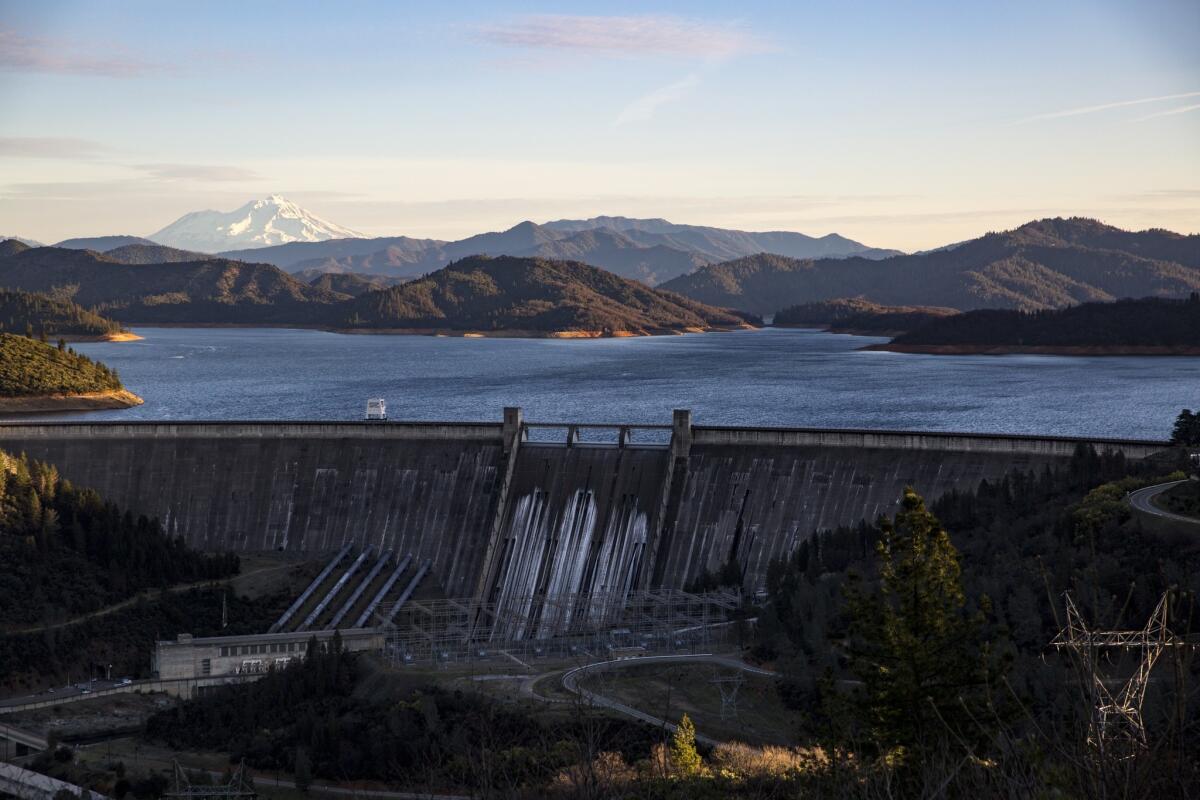
- Share via
This is the May 6, 2021, edition of Boiling Point, a weekly newsletter about climate change and the environment in California and the American West. Sign up here to get it in your inbox.
Conservationists in California and across the West are deeply skeptical of hydropower, and it’s not hard to see why. There’s a long history of government agencies damming spectacular canyons, choking off rivers, obliterating fish populations and cutting off access to Indigenous peoples. It’s a history detailed in books such as “Cadillac Desert,” and experienced by anyone who has spent time fishing, kayaking or swimming in the region’s reshaped waterways, or hiking alongside them.
But despite the environmental damage they’ve done, many dams also generate electricity that is free of planet-warming carbon emissions. Tearing down dams can revitalize ecosystems, but it can also contribute to a climate crisis that is making rivers around the world drier in some cases, more prone to flooding in others, and in many cases hotter and more polluted.
So it was a big deal when several major environmental groups announced last year that they were working with the hydropower industry to find common ground after decades of fierce conflict.
As the New York Times’ Brad Plumer reported in October, the environmental groups involved in those conversations — including American Rivers, the Nature Conservancy, the Union of Concerned Scientists and the World Wildlife Fund — saw an opportunity to upgrade some existing dams to generate more power, while also tearing down older dams and making others more fish-friendly. Hydropower companies, recognizing that the era of building big new dams is largely over, were open to that kind of deal, too.
Now conservationists and the industry have some specific recommendations for the Biden administration.
Their $63-billion proposal, which is being reported in detail here for the first time, includes $18 billion for safety improvements at potentially hazardous dams, $15 billion to fund the removal of 2,000 dams, and $24 billion to support federal agencies, in part by helping them produce larger amounts of clean electricity at existing hydropower facilities. It comes as President Biden urges Congress to pass a generational investment in clean energy infrastructure to create jobs and fight climate change.
“If we’re going to have the dams for flood control or irrigation, we might as well use that infrastructure for carbon-free generation at the same time,” said Malcolm Woolf, chief executive of the National Hydropower Assn.
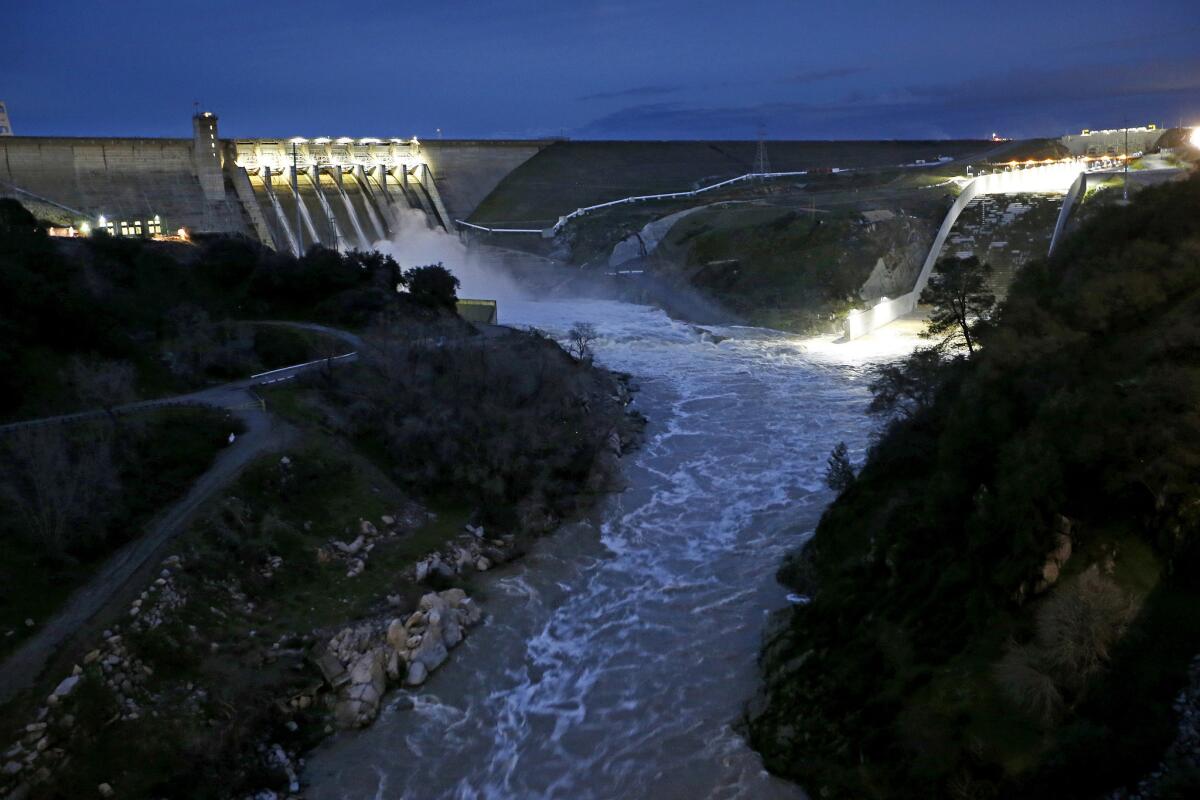
Part of the argument for hydroelectric power is that water can be sent through turbines relatively quickly when the sun stops shining or the wind stops blowing, helping to balance out solar and wind power. But many dams weren’t designed to do that, Woolf told me, and federal investments could help those facilities modernize and become more flexible than they are today.
Modernization could also mean replacing old hydropower turbines with “aerating” models that add much-needed oxygen to water being discharged downstream, or potentially with newly developed turbines that allow fish to pass through safety.
For Tom Kiernan, chief executive of American Rivers, the key thing to understand about the $63-billion proposal is that it’s not designed to be spliced into pieces by lawmakers who might like some parts but not others. His organization wouldn’t support adding lots of hydropower capacity unless it’s paired with investments in healthier and more free-flowing rivers.
“This is not a menu from which Congress can pick one or two things,” he told me.
Even as bolstering hydropower at some dams could reduce the need to burn fossil fuels, removing other dams could help people and nature cope with the higher temperatures, more intense droughts and more extreme storms that are already locked in. Kiernan pointed out that natural or restored ecosystems — including wetlands, floodplains and mangroves — are “extraordinarily important at modulating water variability,” aka absorbing floodwaters, boosting groundwater supplies and providing habitat.
“Enhancing river health is critically important for the country to help us adapt to the changing climate,” he said.
These kinds of policies would be a big deal in California, home to more than 1,400 dams, dozens of giant reservoirs and thousands of miles of canals that mostly carry water from the state’s wet northern reaches to thirsty farms and cities.
That highly engineered water system has resulted in stories so sad they border on farce, like this recent piece about millions of young salmon being trucked from fish hatcheries to the Pacific Ocean because there won’t be enough water in rivers to get them downstream. At the nexus of the Sacramento and San Joaquin rivers, giant pumps that push water into the California Aqueduct have contributed to the plight of an endangered fish called the Delta smelt and spurred seemingly endless political battles.
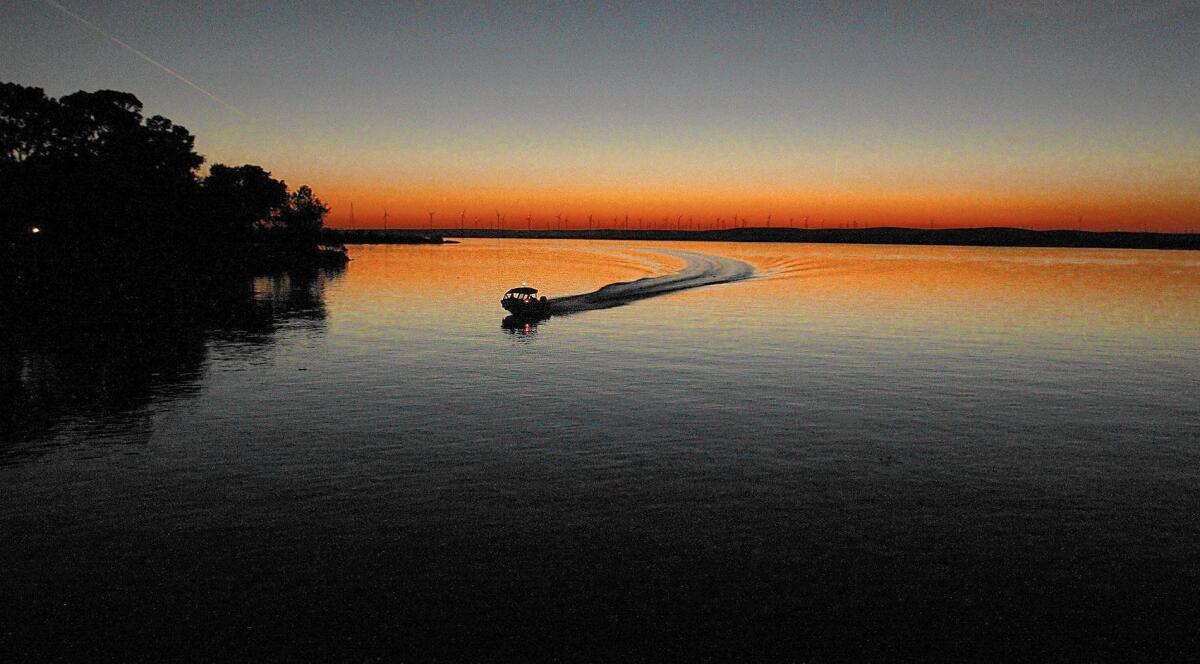
At the same time, the Golden State relies heavily on hydropower, especially during rainy years. In 2019, for instance, large dams produced 16.5% of in-state electricity generation. That power will almost certainly play a role in California reaching 100% climate-friendly energy by 2045, as mandated by state law.
For some local perspective, I asked Curtis Knight, executive director of the fish-focused conservation group CalTrout, what he thought of the joint proposal from the hydropower industry and environmentalists. He was enthusiastic.
“The hydropower structures that we have, some make more sense than others. Some do bigger damage than others. Some generate more [energy] than others,” he said. “I think it’s really smart to think about ways to make those kinds of tradeoffs.”
Knight pointed to Shasta Dam, which impounds the Sacramento River and creates the state’s largest reservoir, as a dam that’s “not going to go away in my lifetime.” It serves too many purposes, he said — flood control, water storage, lots of hydropower.
But the state also has many dams that CalTrout sees as ripe for removal, from the Klamath River in the north — where California, Oregon and tribal officials are trying to engineer the largest dam teardown in U.S. history — to Malibu Creek in the south.
“In some places we’re going to have to invest in infrastructure. But let’s also invest in undoing some things that never should have been done in the first place,” Knight said.
Plenty of dams have already been torn down across the country, including in California, so there’s precedent for this. And of the nation’s 90,000 dams, many have long outlined their usefulness. Only about 2,500 generate electricity.
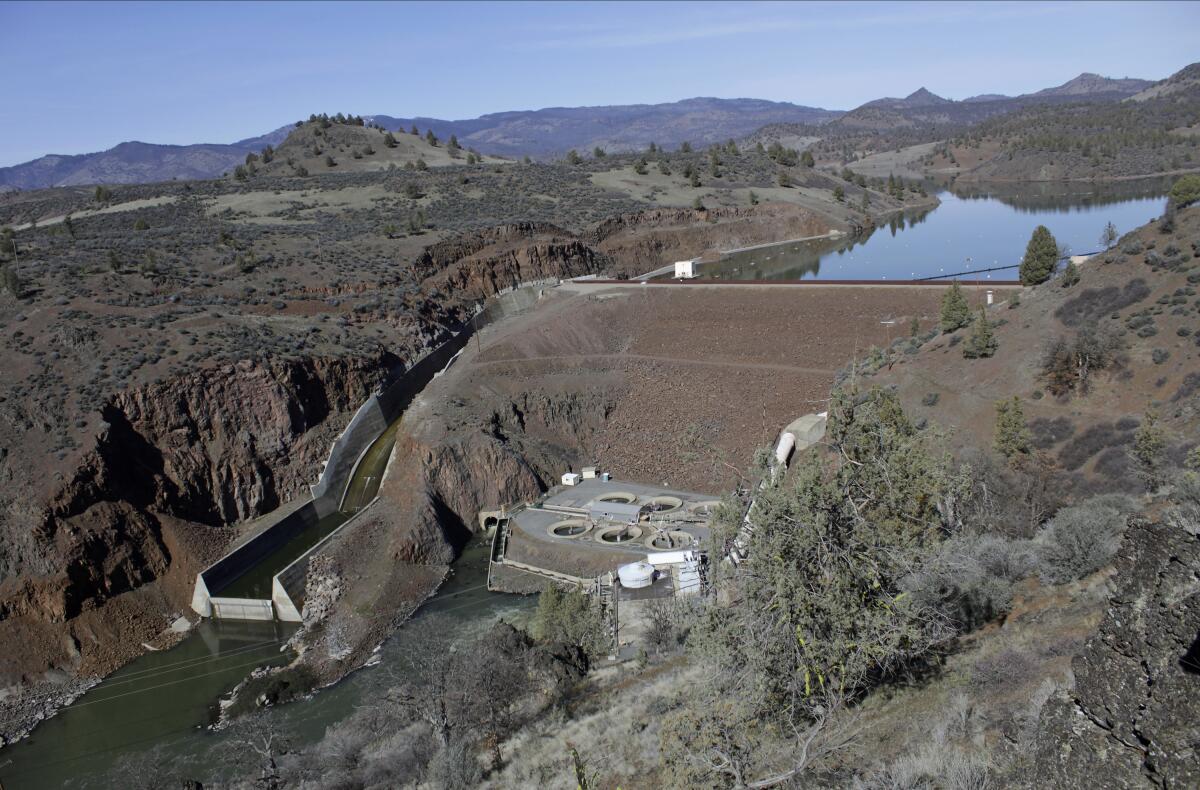
Another thing to keep in mind is that hundreds of those hydropower dams are up for relicensing by 2030. If those facilities can’t afford expensive upgrades to help fish survive — or if they’re having trouble making money — many may shut down. That’s an outcome the industry-environmental coalition wants to avoid, since hydropower accounted for 7% of U.S. electricity last year.
If the Biden administration could persuade Congress to approve its plan for 100% clean electricity by 2035, that would help to keep hydropower online. But the president’s infrastructure package otherwise doesn’t do much for the technology, Woolf said.
That lack of focus on dams is especially surprising considering the federal government — primarily through the Army Corps of Engineers, the Bureau of Reclamation and the Tennessee Valley Authority — owns almost 40 gigawatts of hydropower.
Or as the joint proposal from industry and environmental groups puts it: “Federally-owned hydropower makes the U.S. government the single largest renewable energy provider in the country.”
It’s a fascinating and provocative statement, and one that I’m sure will generate strong reactions, positive and negative, from readers of this newsletter. What does it mean for energy to be “renewable”? How much weight should climate change be given, relative to fish kills and wrecked river ecosystems? What about the planet-warming methane that is emitted from some reservoirs, and the reality that shrinking river flows in the West will make it harder for some dams to generate power anyway?
And what about “pumped storage” projects, which pump water uphill when wind solar and wind power are plentiful, then let that water flow downhill to generate electricity when solar and wind are not plentiful, thus acting like a giant battery? I’ve written about the potential benefits and the potential ecological damage. It’s one of several issues sure to drive continued debate.
One way or another, we’re going to need to spend some money on our aging dams. That became clear following safety emergencies like the Michigan dam failure that forced 10,000 people to flee their homes last year, and the near-collapse of the Oroville Dam spillway that prompted evacuation orders for 100,000 people in Northern California in 2017.
And one way or another, we’re going to have to decide what role hydropower should play in our collective response to climate change. It’s not going to be an easy conversation. But the important stuff never is.
Here’s what else is happening around the West:
TOP STORIES

Southern California officials are considering a rule that would clean up some of the nation’s smoggiest air by requiring warehouse operators to pave the way for cleaner trucks. The millions of people who live near warehouses suffer higher rates of asthma and heart attacks, and they’re disproportionately Black and Latino, Tony Barboza reports for The Times. In related news, the developer of a huge Inland Empire warehouse complex reached a $47-million settlement with environmentalists, agreeing to install solar panels and electric vehicle chargers and pay for air filtration for nearby homes, the Desert Sun’s Mark Olalde reports.
Policymakers in California and Washington want to require companies to disclose a lot more about their emissions, and the climate risk to their bottom lines. My colleague Evan Halper wrote about the ideas being floated in Sacramento and at the Securities and Exchange Commission, which could make it harder for companies such as Chevron to get away with claims about their environmental stewardship that critics describe as greenwashing (unless they’re backing up those claims with action).
Is California spending its wildfire prevention funds wisely? Maybe, maybe not: Decide for yourself after reading this story by the San Diego Union-Tribune’s Joshua Emerson Smith, questioning the logic of California putting a lot more dollars into forest thinning than home hardening, when some research suggests the latter is more effective at preventing destruction. Also be aware that drought and high temperatures are already fueling blazes across the West, as Simon Romero reports for the New York Times.
Toward a more sustainable California
Get Boiling Point, our newsletter exploring climate change, energy and the environment, and become part of the conversation — and the solution.
You may occasionally receive promotional content from the Los Angeles Times.
WATER IN THE WEST
Local water regulators signed off on a massive seawater desalination plant in Huntington Beach. But the Poseidon Water project still needs approval from the California Coastal Commission, as Bettina Boxall reports for The Times. (By the way — Bettina retired last week, making this her final story in a long and illustrious career for The Times. Congrats, Bettina!) Also, as long as we’re talking about the coast, go check out these terrifying drone photos of great white sharks passing just beneath surfers, and read the accompanying story by my colleague Joe Mozingo about how these close encounters may actually be pretty common.
Toxic algal blooms are getting worse at California’s second-largest lake. That would be Clear Lake, about 100 miles north of San Francisco. Tribal researchers are documenting the problem and pushing for state action to reduce nitrogen and phosphorus pollution that contributes to the algae and can make the water unsafe for people and animals, per Circle of Blue’s Brett Walton.
As drought worsens, federal officials say an agricultural irrigation district in Oregon is illegally releasing water from the Klamath River into its canals. As Jessica Fu reports for the Counter, this comes against a backdrop of a militia group founded by Ammon Bundy calling on farmers and ranchers to “STAND UP AND PROTECT YOUR PRIVATE PROPERTY, YOUR WATER!”
POLITICAL CLIMATE
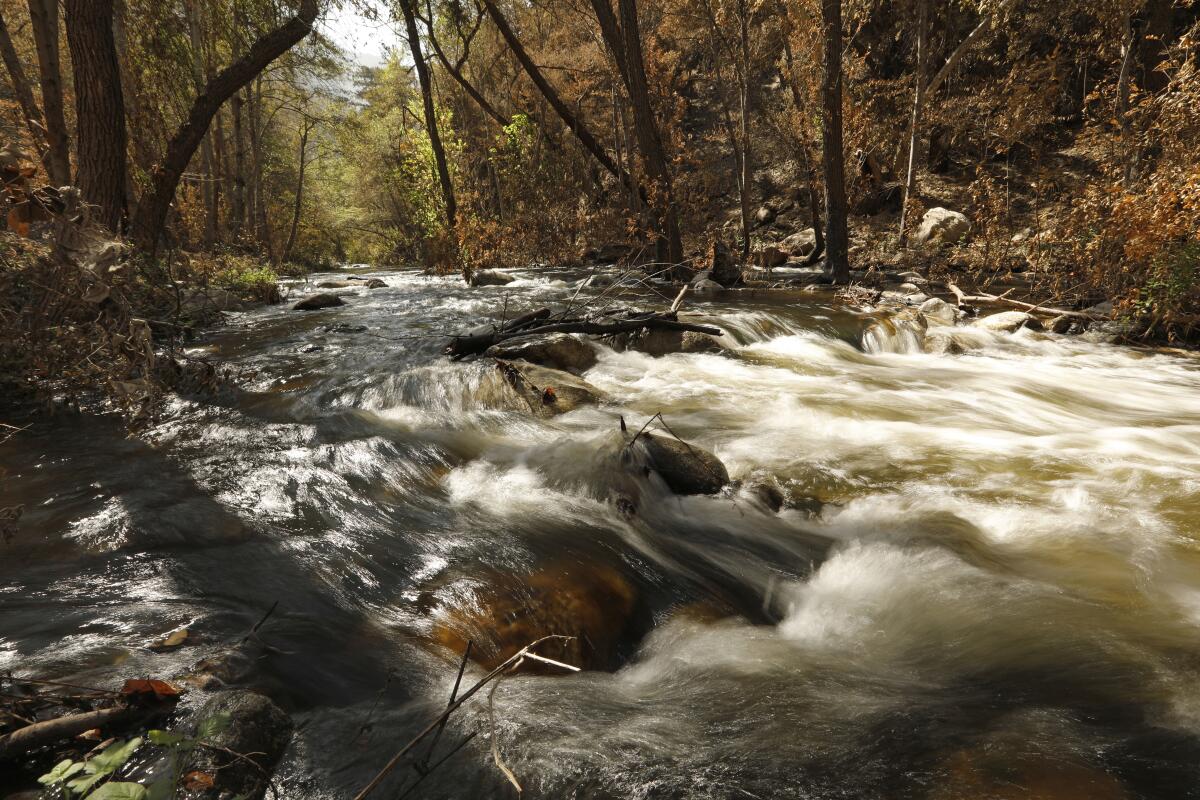
A bill from California’s newest U.S. senator, Alex Padilla, would expand protections for more than 1 million acres of public land. That’s one out of every 100 acres in the state, Alex Wigglesworth reports for The Times. For more details on the places that would be protected, see this piece I wrote in December on a larger wilderness package with the same California provisions.
New research finds that California’s carbon offsets program dramatically overstates the climate benefits from preserving certain forests, allowing polluters to emit more greenhouse gases. The offsets program — which allows companies to pay for protecting trees rather than eliminating some of their own emissions — has faced lots of scrutiny. But this latest study, explained in a powerful story by ProPublica’s Lisa Song and MIT Technology Review’s James Temple, is definitely worth understanding.
President Biden’s pick for second-in-command at the Interior Department “has a list of potential conflicts of interest that rivals that of Trump administration Interior Secretary David Bernhardt.” So writes the Huffington Post’s Chris D’Angelo, who notes that Tommy Beaudreau’s former clients include a coal mining company, pipeline developers and renewable energy firms. Biden is also nominating Michael Connor, a member of the Taos Pueblo and former head of the Bureau of Reclamation, to oversee the Army Corps of Engineers and its many Western water projects, Jeremy P. Jacobs and Hannah Northey report for E&E News.
THE ENERGY TRANSITION
The Montana Constitution says “no law impairing the obligation of contracts shall be passed.” But that didn’t stop the Republican-controlled Legislature from passing a law that nullifies parts of the private contract governing Colstrip Power Plant in an effort to keep the coal plant from closing, as Tom Lutey reports for the Billings Gazette. Sure enough, there’s already a lawsuit.
People thought the Obama administration was crazy for wanting to get the price of solar down 75%. But it happened ahead of schedule, and now the Biden administration is aiming for another 60% cost decline, Emma Foehringer Merchant writes for Canary Media. Meanwhile, the research firm Energy Innovation says 77% of U.S. coal plants are either scheduled to close by 2025 or now cost more to operate than nearby solar or wind farms would, per Kathiann M. Kowalski at Energy News Network.
Three San Fernando Valley neighborhood councils have voted they have no confidence in Los Angeles County’s study of the long-term health impacts of the Aliso Canyon gas leak. More details here from Olga Grigoryants at the L.A. Daily News.
ONE MORE THING
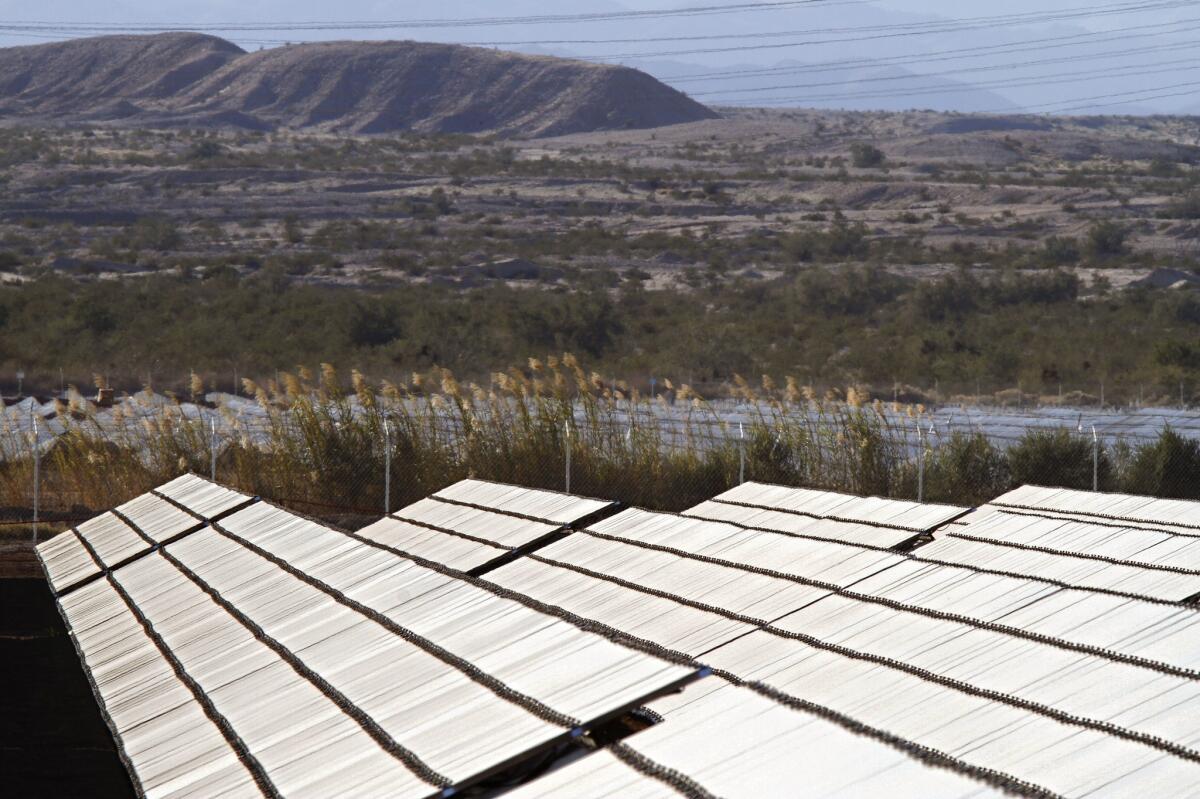
Regular readers of Boiling Point will know that I’m fascinated by the Imperial Valley. So unlike a lot of other stuff in my inbox, I stopped to read a press release announcing that San Diego Community Power — the government-run electricity provider for San Diego and four other cities — had agreed to buy power from a new solar farm outside the Imperial Valley city of Holtville.
The proposed Vikings Energy Farm — named for the mascot of Holtville High School — is interesting for several reasons. It will be built alongside the East Highline Canal, one of several arteries that carry Colorado River water north through the region’s sprawling farm fields. And it will include more battery energy storage (150 megawatts) than it will solar power (100 megawatts).
“In the past, you’ve seen that flipped,” Mohammed Alrai, chief executive of project developer RAI Energy, told me. “Now we’re actually making the energy storage bigger, so that we can store more and be ready to dispatch more in the evening.”
The project also caught my attention for another reason: the involvement of veteran energy engineer Ziad Alaywan.
When I worked for the Desert Sun, I spent several years investigating Alaywan’s Imperial Valley business interests, exploring alleged financial conflicts that involved him and his consulting firm, ZGlobal, helping to run the Imperial Irrigation District’s energy department while also developing solar farms to sell electricity to IID. My reporting resulted in ZGlobal ending its contract with the public utility and divesting from several solar projects, as well as an investigation by the local district attorney.
I’ve got no reason to think there’s anything wrong with this new solar farm for San Diego. Still, I was intrigued to see Alaywan’s name on the articles of organization for Vikings Energy Farm LLC. Alrai told me Alaywan is one of several investors in the project, and ZGlobal is consulting for him on technical issues involving the export of power out of the Imperial Valley.
In other Imperial news, Alaywan’s sometimes business partner Mike Abatti, a prominent local landowner, is waiting to see if the Supreme Court will take up his case arguing that farmers should have greater control over the region’s Colorado River water rights. The high court appears to be at least somewhat intrigued, Mark Olalde reports for the Desert Sun. I, too, am intrigued.
We’ll be back in your inbox next week. If you enjoyed this newsletter, please consider forwarding it to your friends and colleagues.




